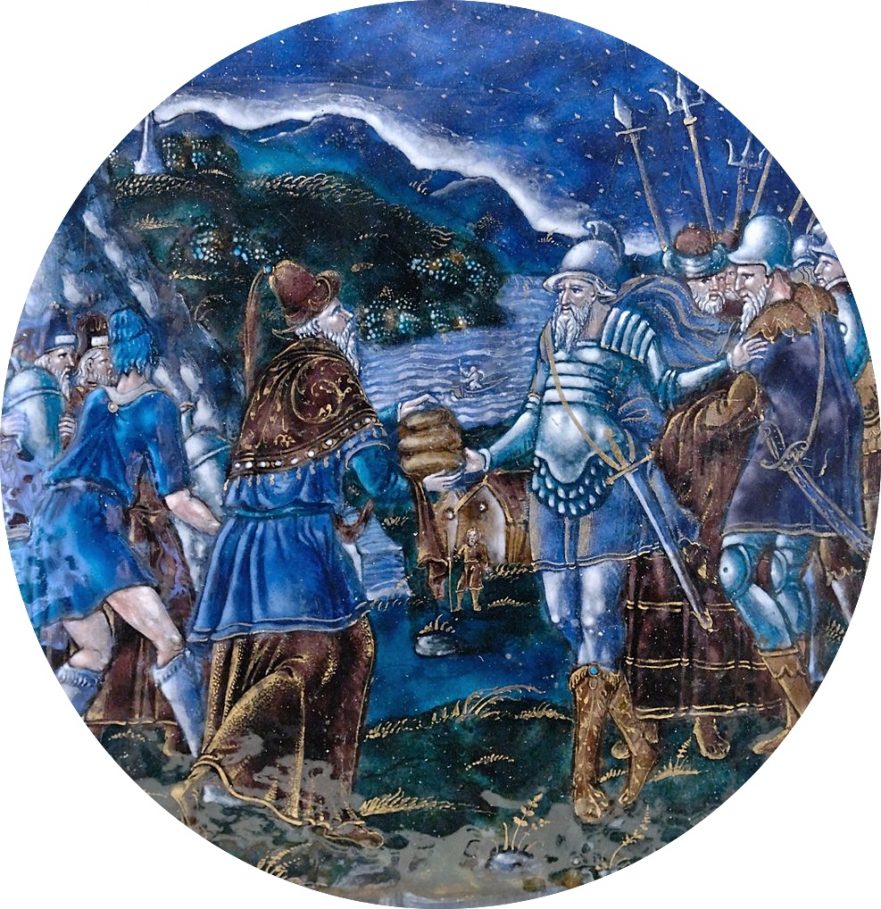Melchizedek in Second Temple-period literature is a figure who combines the roles of the kingly messiah and the priestly messiah. In the Second Temple period, this figure, who was quite marginal in the Bible (Gen. 14; Ps. 110), develops into an elevated messianic figure in some circles. Was Melchizedek a messianic figure for broad Jewish circles or just for small groups?[*]
Melchizedek appears in Pesher Melchizedek (11QMelch) as the end-time priest who atones for all the “sons of light” on the final Day of Atonement. In other words, he acts as the eschatological messianic priest. On that same day he will serve as the heavenly judge, a task normally reserved for God himself. As John Collins wrote:
We have seen that the “Son of God” is said to judge the earth, a function usually reserved for God in the Hebrew Bible. 11QMelch provides an instance where the divine judgment is executed by a figure other than the Most High, the heavenly elohim, Melchizedek.[1]
David Flusser noted that the Melchizedek of the Scrolls is very similar to the Son of Man of Enoch and the Gospels:
Melchizedek will separate the righteous, who are his lot and heritage, from the wicked, among them Belial and the spirits of his lot…on whom he will wreak vengeance for transgressing God’s judgment.”[2]
This very fragmentary scroll from the Judean Desert raises a number of speculations. Only two columns were reconstructed from its ten fragments, but from these we gain some remarkable insights.
Paid Content
Premium Members and Friends of JP must be logged in to access this content: Login
If you do not have a paid subscription, please consider registering as a Premium Member starting at $10/month (paid monthly) or only $5/month (paid annually): Register
One Time Purchase Rather Than Membership
Rather than purchasing a membership subscription, you may purchase access to this single page for $1.99 USD. To purchase access we strongly encourage users to first register for a free account with JP (Register), which will make the process of accessing your purchase much simpler. Once you have registered you may login and purchase access to this page at this link:
* Dedicated to my friend Horst Krueger
- [1] John Joseph Collins, “The Son of God Text from Qumran,” in From Jesus to John: Essays on Jesus and New Testament Christology in Honor of Marinus de Jonge (ed., M. C. De Boer; Sheffield: Sheffield Academic Press, 1993), 65-82. ↩
- [2] David Flusser, “Melchizedek and the Son of Man,” in Judaism and the Origins of Christianity (Jerusalem: Magnes, 1988), 25. ↩































































































